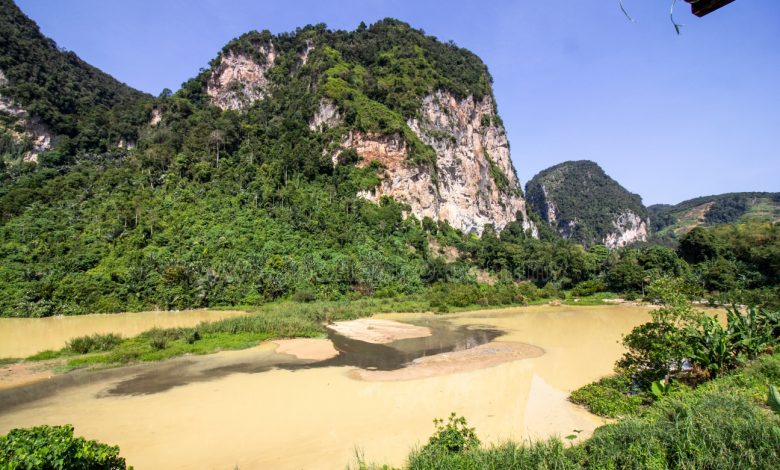The Perak Limestone Dilemma: What Good Are Reviews and Discussions Without Solutions?


By Anita Ali
Recently, the Menteri Besar of Perak made a statement highlighting accidents at limestone quarry sites which involved fatalities in recent years. The article reported that the regulatory framework governing quarry operations ensures the safety and compliance of mining activities. At the risk of trivialising industry accidents, such mishaps do happen in many industries, and we have to work towards preventing them. Workplace safety is paramount in all industries and should be regulated and adhered to, and it is good to know that we give attention to workplace accidents. Promoting safe and sustainable operations fosters a culture of compliance, security, and responsibility.
While that is all great, in the context of quarries I am surprised that the Perak state government has not responded to questions raised on ‘accidents’ related to tropical limestone structures, unrelated to quarry activities. I have read several news articles over the years regarding them. The worst was the Gunung Cheroh accident, which killed 40 people. Less tragic but just as devastating was the death of an individual in 2008 in Keramat Pulai. Let’s not forget the unfortunate event where a limestone structure crushed two travellers at the Banjaran Hotsprings Retreat in 2020. Why don’t we see any discourse about these misfortunes? What has the state government done to prevent people from inhabiting such precarious landscapes? I would like to imagine that these events stay in our minds, urging us to understand the dangers posed by limestone landscapes.
In an October article on the 50th anniversary of the Gunung Cheroh catastrophe, the writer highlighted the risks of living near limestone hills, the little awareness we have about them, and how we can never predict the behaviour of these rocks. I was shocked to also read about the Buddhist monastery that refused to relocate from a land that they have no legal right to, despite knowing the dangers, choosing instead to play on religious sentiments. I wonder how these squatters and illegal businesses continue to operate in these areas, risking their own lives.
Inhabiting areas as precarious as limestone hills should be prohibited. From what had been reported in the media over the years, limestone formations and landscapes are unstable in tropical weather. They become more fragile, with cracks and openings, as water frequently moves through the fissures. This process explains rockslide incidents.
Despite all this tragic history and knowledge, the Perak government only talked about creating committees after 50 years from the Cheroh incident! We must speak up about the hazards of limestones instead of adopting this ‘creative’ way of procrastinating. Can we agree to stop habitation around these landscapes, especially if they are illegal? It hurts to watch the deaths of mothers, fathers, sisters, and brothers treated as mere statistics.
I hope we acknowledge how dangerous these structures are to human life and take the necessary precautions so that history does not repeat itself.


